Where Do the Terms Democrat and Republican Come From?
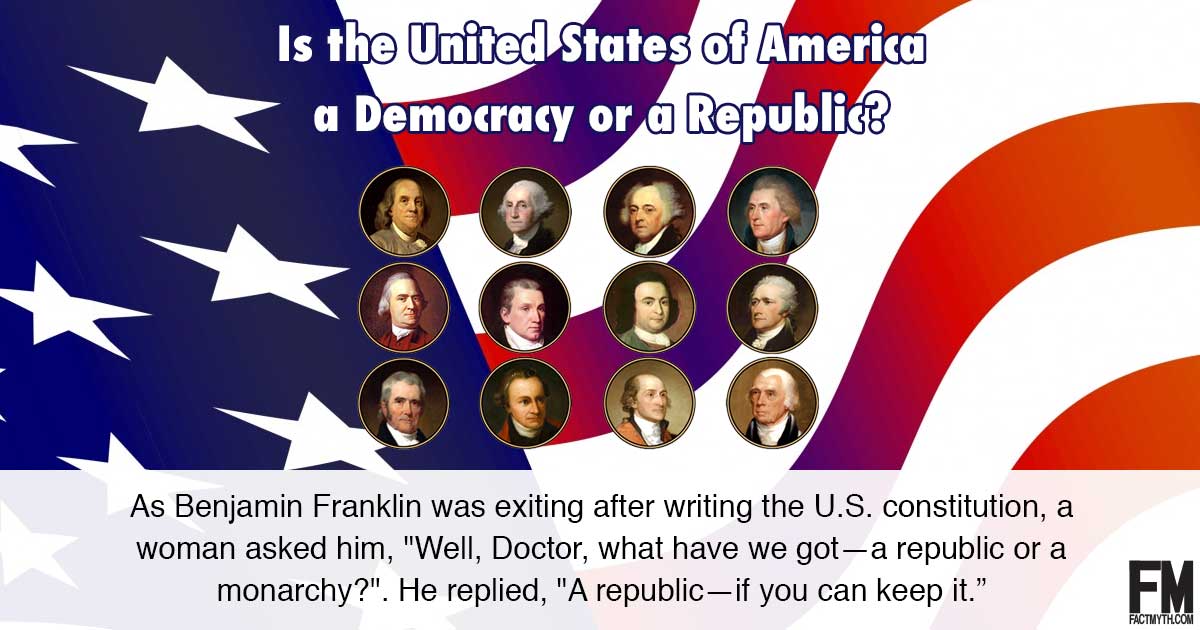
We explain the meaning of Democrat, Republican, Whig, Federalist, Anti-Federalist, Union, and Confederacy the political terms the major parties used for their party names.
The United States of America is a country consisting of 50 states, 48 adjoining, Alaska and Hawaii, a federal district (D.C.), five major territories, and 11 other territories.
The United States of America is sometimes called the U.S. or America for short (although, America technically refers to the contents of North and South America when not used in context of the United States).

We explain the meaning of Democrat, Republican, Whig, Federalist, Anti-Federalist, Union, and Confederacy the political terms the major parties used for their party names.
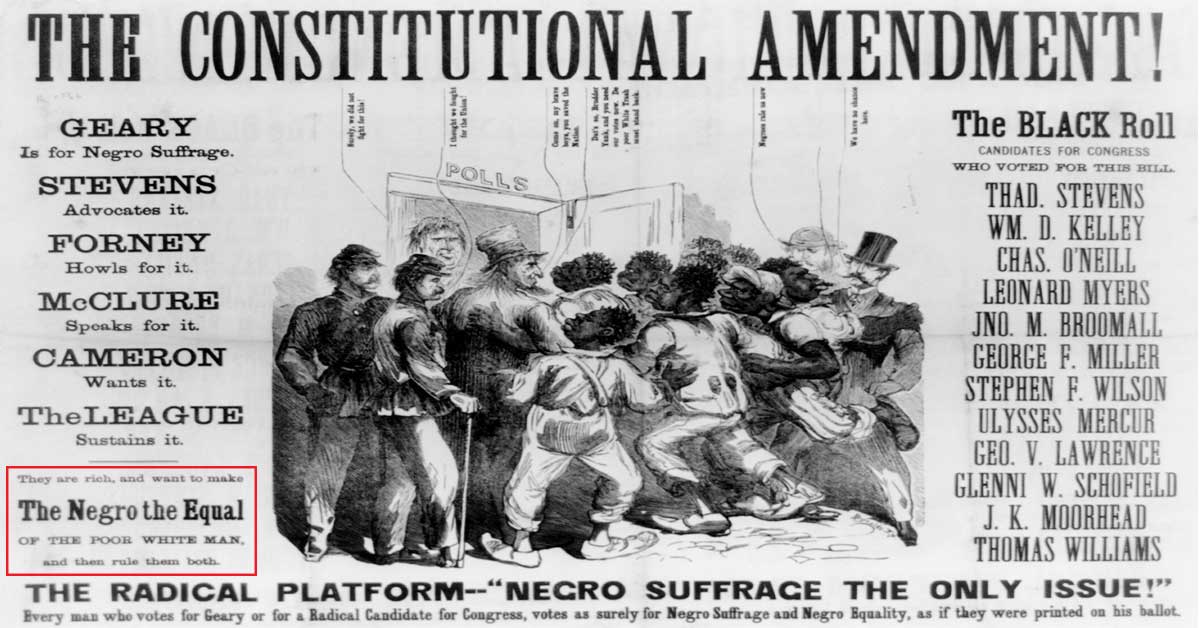
We explain three different types of Republicans found in America during Civil War Reconstruction: moderate, conservative, and radical Republicans.

We explain the different types of American progressivism from the founders, to the Reform movements, to Bryan and the Roosevelts, to the progressives and populists of today.

Notable political factions, politicians, and platform planks switched between the major U.S. political parties throughout U.S. history leading to a number of complex changes. Here are some different ways to look at “the party switches” and different “party systems” the changes resulted in.
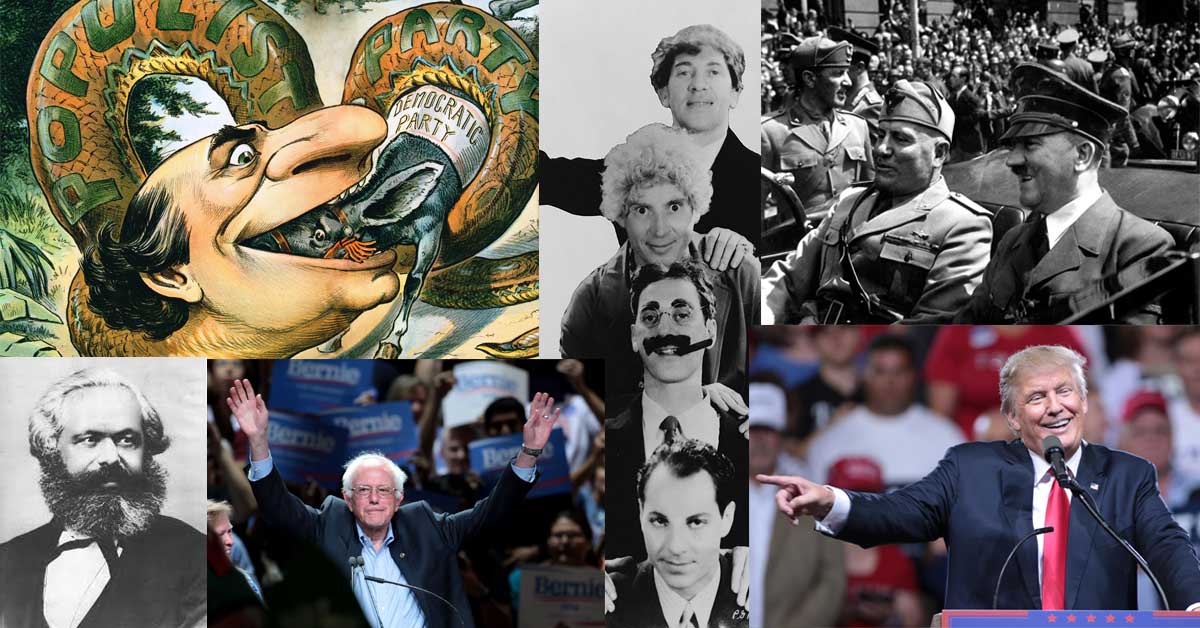
Populism is a broad term that generally describes popular sentiment felt by the working class against the elites. It can look like social conservative nativist right-wing populism or social liberal progressive left-wing populism.

We explain the American political left-wing and right-wing by looking at the different factions that make up American liberalism and American conservatism.
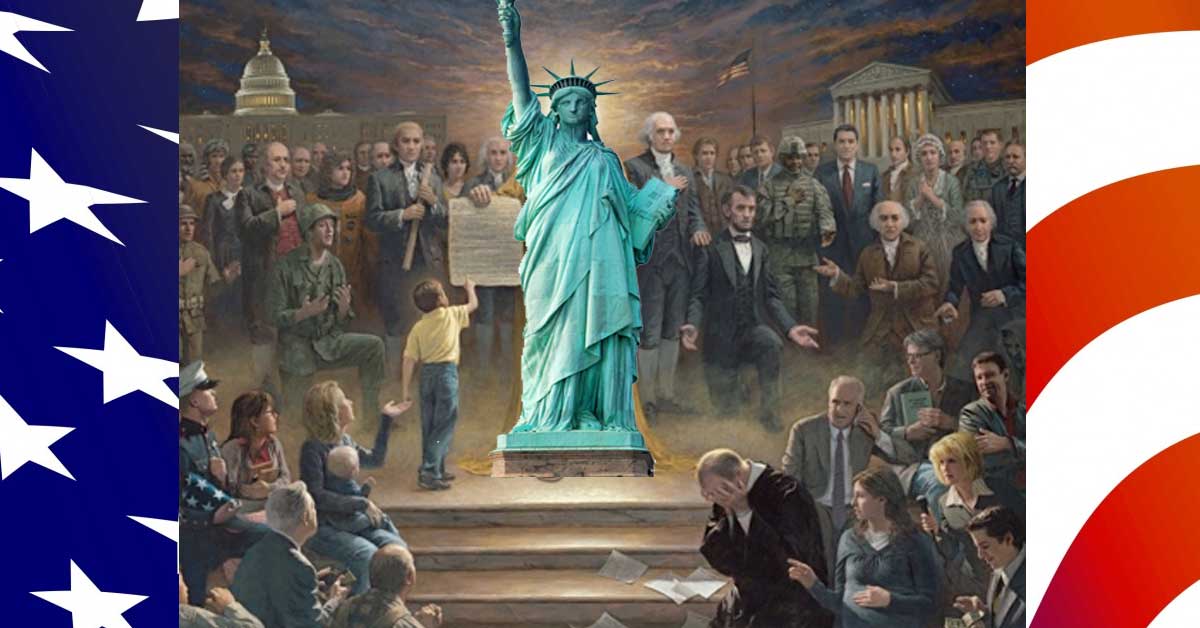
“Civil Religion” is the civic “religion” of a nation. It doesn’t describe the theological religion of a nation, but rather a quasi-religious shared identity built around national symbolism and customs.
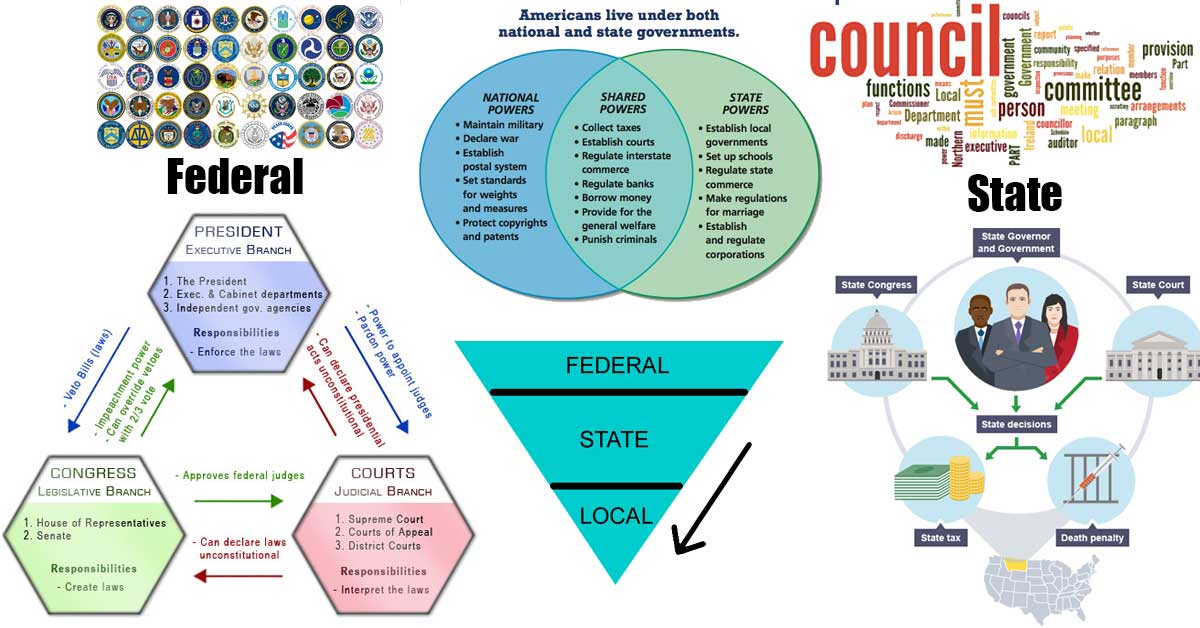
Separation of Powers describes the way in which government is divided into different branches (ex. in the U.S., the legislative, executive, and judicial). Checks and balances describe the powers each branch has to “check” the other branches and ensure a balance of power.
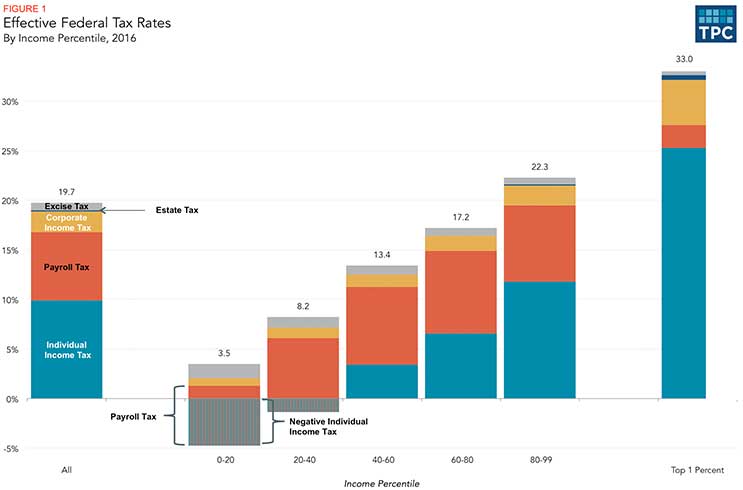
In America we have a Progressive Federal Income Tax system broken down into “tax brackets”. Tax Filers pay the “marginal tax rate” on each dollar of income in a given bracket (after most deductions, but before tax credits).
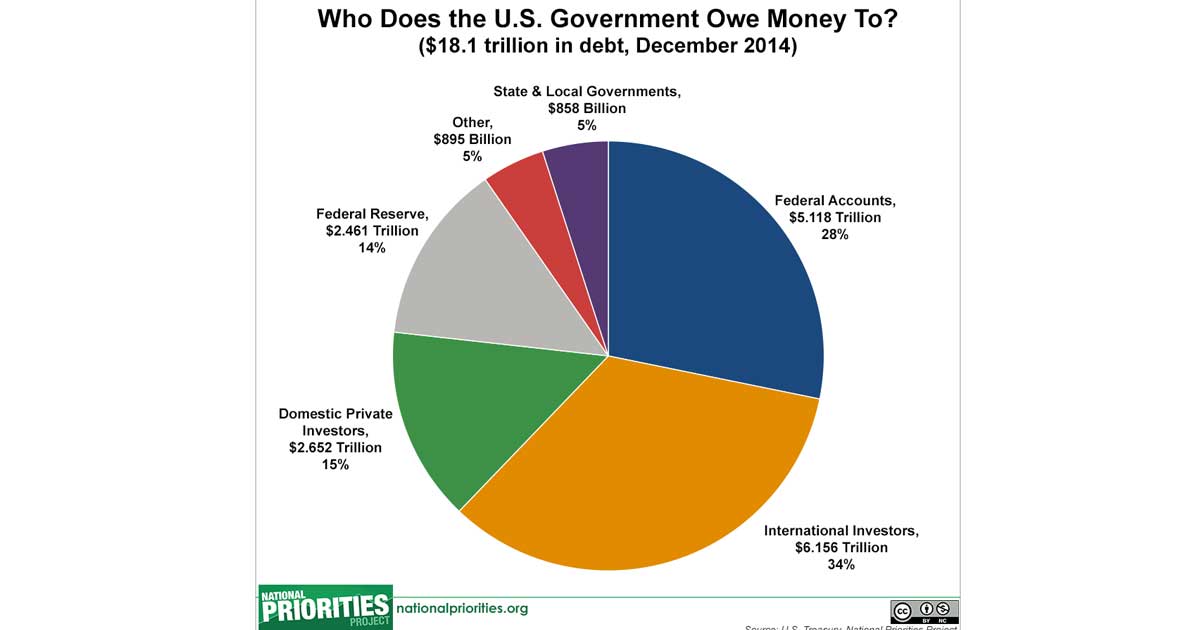
Below we explain how currency gets into circulation via the Treasury, Federal Reserve, and banks, and the role Congress, banks, businesses, and you play in the process.